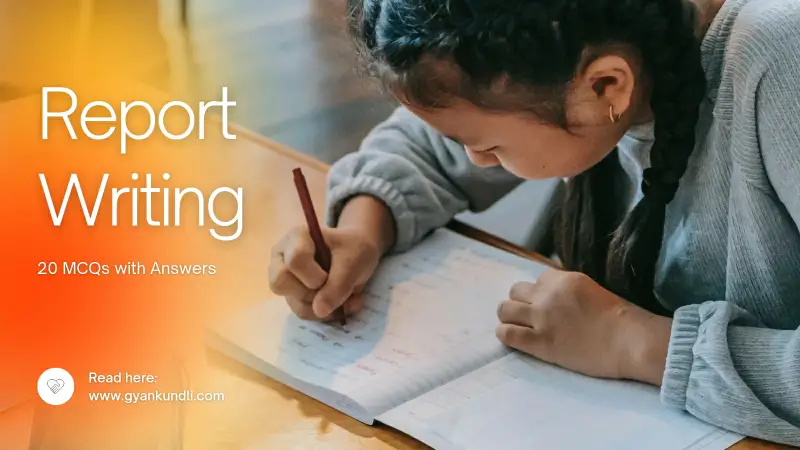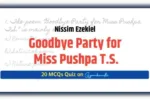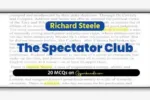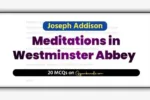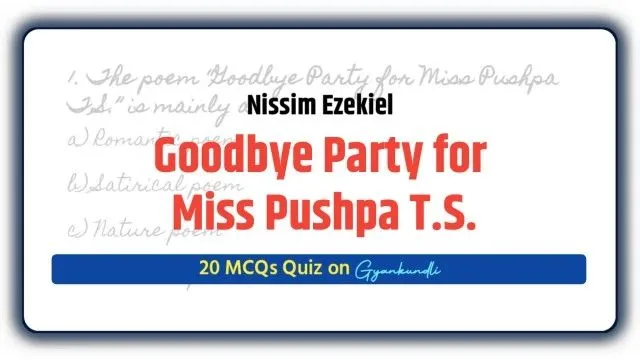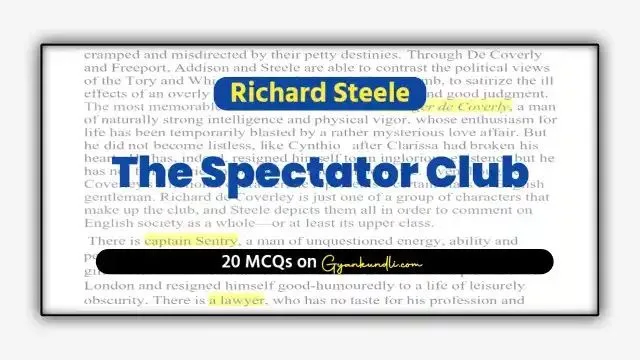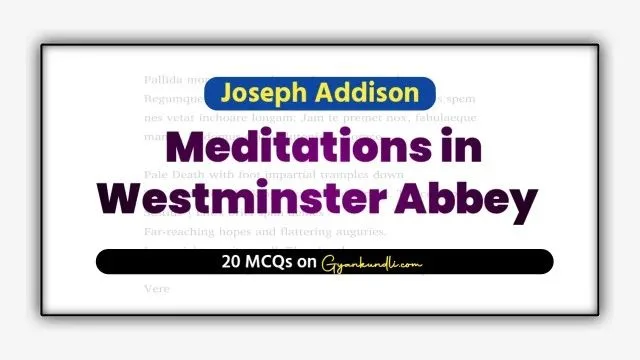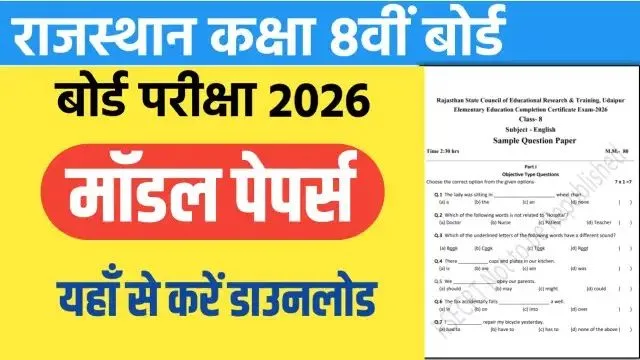1. What is the primary purpose of report writing?
a. Entertainment
b. Information dissemination
c. Creative expression
d. Opinion sharing
2. In report writing, what should be included in the introduction?
a. Personal anecdotes
b. Main findings and purpose
c. Detailed analysis
d. Quotes from famous authors
3. What tense is commonly used in report writing?
a. Past tense
b. Present tense
c. Future tense
d. Continuous tense
4. Which section of a report provides a brief overview of the entire document?
a. Conclusion
b. Recommendations
c. Executive summary
d. Introduction
5. What is the role of visuals (charts, graphs) in a report?
a. Decorative elements
b. To confuse the reader
c. To enhance clarity and understanding
d. Unnecessary additions
6. How should recommendations be presented in a report?
a. In a separate document
b. Randomly throughout the report
c. Clearly and logically, often in a numbered list
d. As a summary in the introduction
7. What is the purpose of the methodology section in a report?
a. To present key findings
b. To showcase personal opinions
c. To explain the research process
d. To list recommendations
8. When structuring a report, what comes after the introduction?
a. Executive summary
b. Conclusion
c. Recommendations
d. Findings
9. In academic report writing, which referencing style is commonly used?
a. MLA
b. APA
c. Chicago
d. Harvard
10. What is the typical length of a conclusion in a report?
a. Longer than the introduction
b. One or two sentences
c. About the same as the introduction
d. Irrelevant to the report length
11. How should a report writer handle biased language?
a. Embrace it for personal flair
b. Avoid it to maintain objectivity
c. Use it to engage the reader
d. Include it for creativity
12. What is the key to effective data presentation in a report?
a. Avoiding visuals
b. Providing excessive details
c. Organizing information logically
d. Ignoring numerical data
13. When is it appropriate to use passive voice in report writing?
a. Always
b. When emphasizing personal actions
c. To maintain objectivity
d. Only in the introduction
14. What should be the tone of a formal report?
a. Casual and conversational
b. Subjective and emotional
c. Objective and professional
d. Humorous and light-hearted
15. What is the purpose of an appendix in a report?
a. To include personal opinions
b. To present key findings
c. To provide supplementary material
d. To confuse the reader
16. How should a report writer handle conflicting information?
a. Exclude it from the report
b. Address and reconcile discrepancies
c. Present only one perspective
d. Ignore the inconsistencies
17. What should be avoided in the executive summary of a report?
a. Summarizing key findings
b. Including recommendations
c. Providing an overview of the report
d. Adding unnecessary details
18. How does a report writer ensure coherence in the document?
a. Including irrelevant information
b. Ignoring logical flow
c. Using transitional phrases
d. Disregarding a clear structure
19. In report writing, what is the purpose of the literature review?
a. To showcase personal opinions
b. To summarize key findings
c. To provide context and background
d. To present recommendations
20. What is the first step in the report writing process?
a. Proofreading
b. Research and planning
c. Writing the conclusion
d. Adding visuals
Answers
1. What is the primary purpose of report writing?
– b. Information dissemination
2. In report writing, what should be included in the introduction?
– b. Main findings and purpose
3. What tense is commonly used in report writing?
– a. Past tense
4. Which section of a report provides a brief overview of the entire document?
– c. Executive summary
5. What is the role of visuals (charts, graphs) in a report?
– c. To enhance clarity and understanding
6. How should recommendations be presented in a report?
– c. Clearly and logically, often in a numbered list
7. What is the purpose of the methodology section in a report?
– c. To explain the research process
8. When structuring a report, what comes after the introduction?
– d. Findings
9. In academic report writing, which referencing style is commonly used?
– b. APA
10. What is the typical length of a conclusion in a report?
– c. About the same as the introduction
11. How should a report writer handle biased language?
– b. Avoid it to maintain objectivity
12. What is the key to effective data presentation in a report?
– c. Organizing information logically
13. When is it appropriate to use passive voice in report writing?
– c. To maintain objectivity
14. What should be the tone of a formal report?
– c. Objective and professional
15. What is the purpose of an appendix in a report?
– c. To provide supplementary material
16. How should a report writer handle conflicting information?
– b. Address and reconcile discrepancies
17. What should be avoided in the executive summary of a report?
– d. Adding unnecessary details
18. How does a report writer ensure coherence in the document?
– c. Using transitional phrases
19. In report writing, what is the purpose of the literature review?
– c. To provide context and background
20. What is the first step in the report writing process?
– b. Research and planning
Discover more from Gyankundli
Subscribe to get the latest posts sent to your email.
